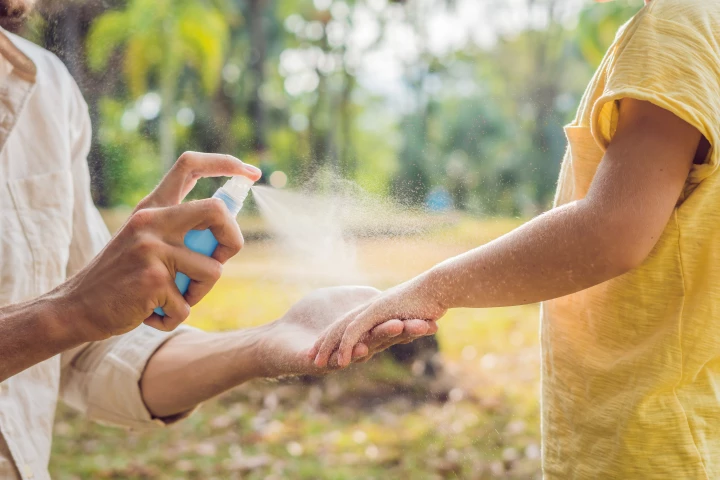Cellulose nanocrystals
-
They're the deadliest animals on Earth, spreading diseases such as malaria, chikungunya and yellow fever and causing more than 350 million illnesses in humans each year. Our latest weapon in the war on mosquitoes could be a cheap, abundant biomaterial.
-
In countries such as India, a great deal of toxic dye waste from the textile industry is released into waterways, harming people and the environment. A new wood-derived filtration media could remove much of that dye from wastewater streams.
-
When it comes to plant-based materials, many people may picture something that's "green" but not very robust. Such is not the case with a new MIT-designed composite, however, which is claimed to be as hard as aluminum and as tough as bone.
-
Although superglues can be quite useful, they're typically made from harsh chemicals, plus it's very difficult to "unstick" them once they've set. Now, however, scientists have created a plant-based superglue that can easily be removed when needed.
-
Styrofoam isn't eco-friendly stuff. It's made from petroleum, it can't be efficiently recycled, it's non-biodegradable, and it creates pollution when burned. A new plant-based foam reportedly has none of those drawbacks, however, plus it's claimed to actually insulate better than regular Styrofoam.
-
Cellulose nanocrystals extracted from wood pulp are inexpensive as well as stronger than Kevlar or carbon fiber.





